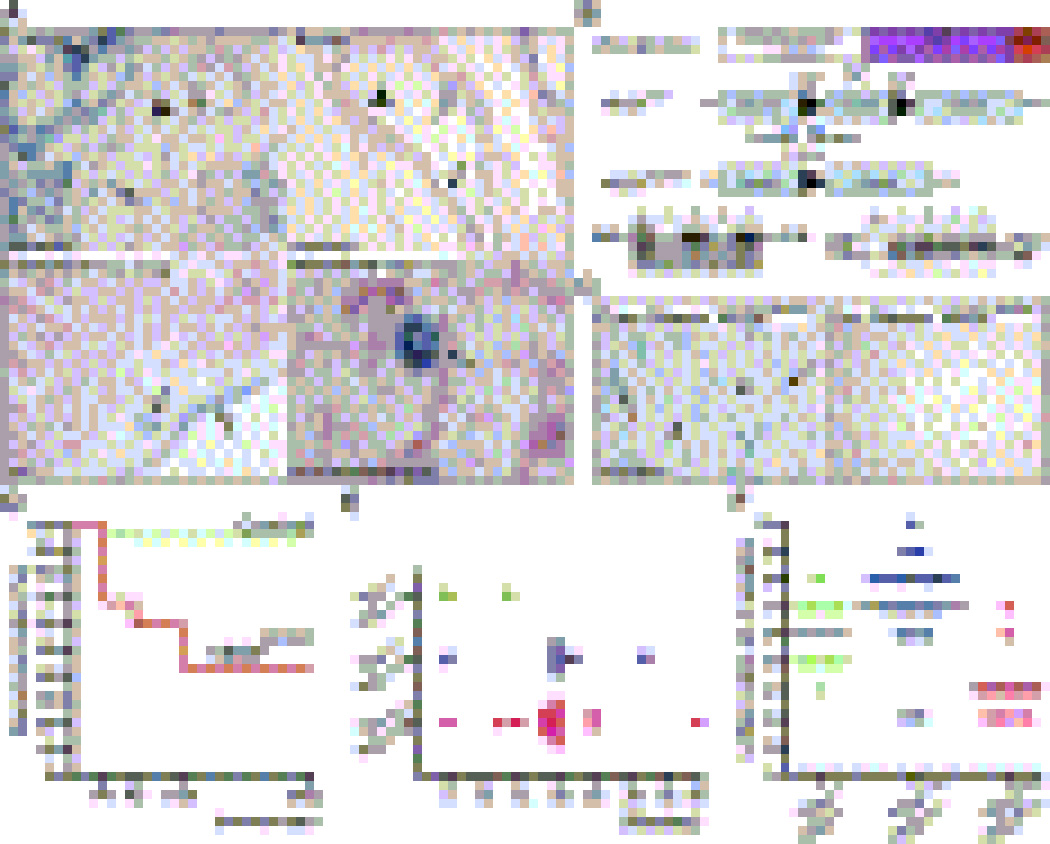Figure 1. VEGF Expression by Endothelial Cells and Generation of VEGFECKO Mice.

(A) Expression of LacZ reporter (blue) driven by the VEGF promoter in non-pathological adult tissues. Note promoter activity in endothelial cells (arrows). In larger vessels: positive (arrows) and negative (arrowhead) endothelial cells are observed.
(B) Schematic diagram of the transgenic mice used to generate VEGFECKO mice (top). Genotyping of tail DNA. A band of 850 indicates the presence of the Cre transgene. Only animals from lanes 2 and 4 harbored the Cre-recombinase transgene (bottom, left). A 100-bp band indicates wild type (wt) allele and the 150-bp corresponds to the floxed VEGF allele (flox) (bottom, right).
(C) Endothelial cells isolated from Cre+/Rosa+/VEGFlox/lox (VEGFECKO) and Cre-/Rosa+/VEGFlox/lox mice stained for β-gal. Arrows point to endothelial cells expressing Cre and arrowheads to cells with no Cre expression (approximately 95% of the isolated cells were positive).
(D) Survival analysis. Mortality rate of newborn VEGFECKO at P0 was calculated by predicted mendelian distribution and expected litter size. Survival rate of VEGFECKO at six months was 34.7%.
(E) Mortality of adult cohorts.
(F) Litter size variability. Wt × Wt, 6 ± 1.33 (n = 10); Wt/KO × Wt/KO, 7.15 ± 1.76 (n = 20); KO/KO, 4.0 ± 1.30 (n = 11).
